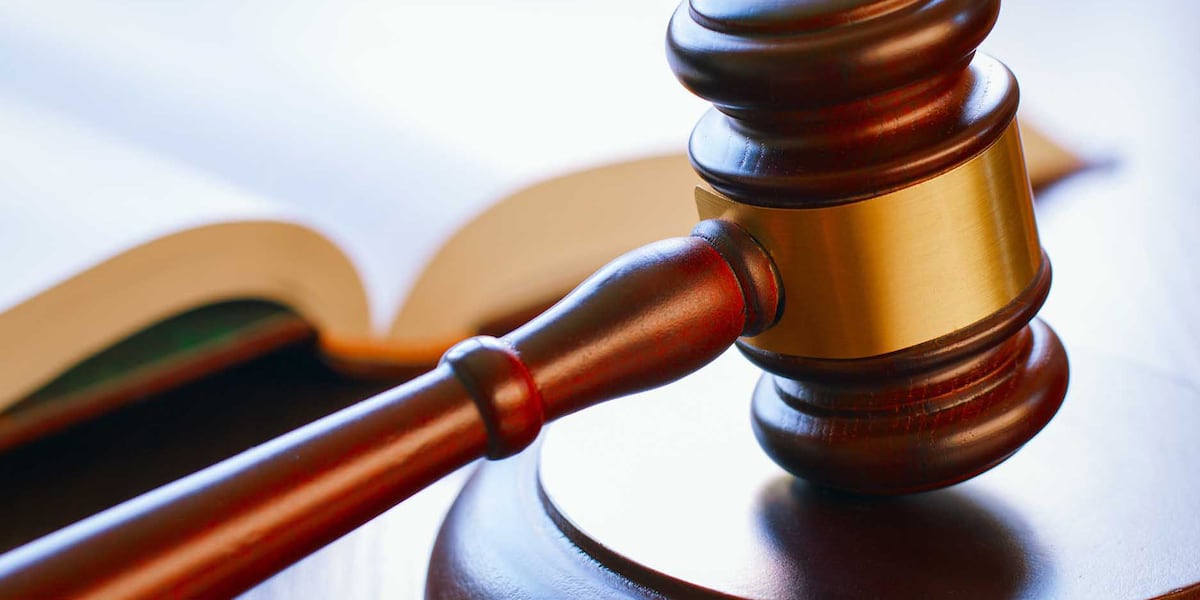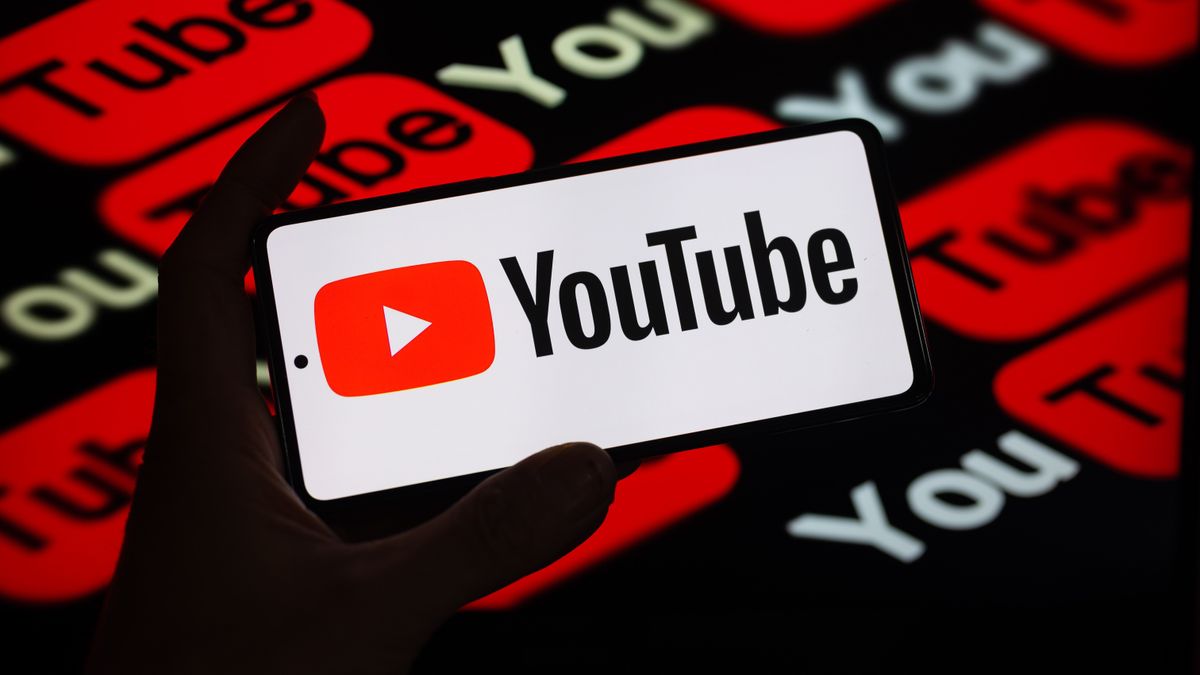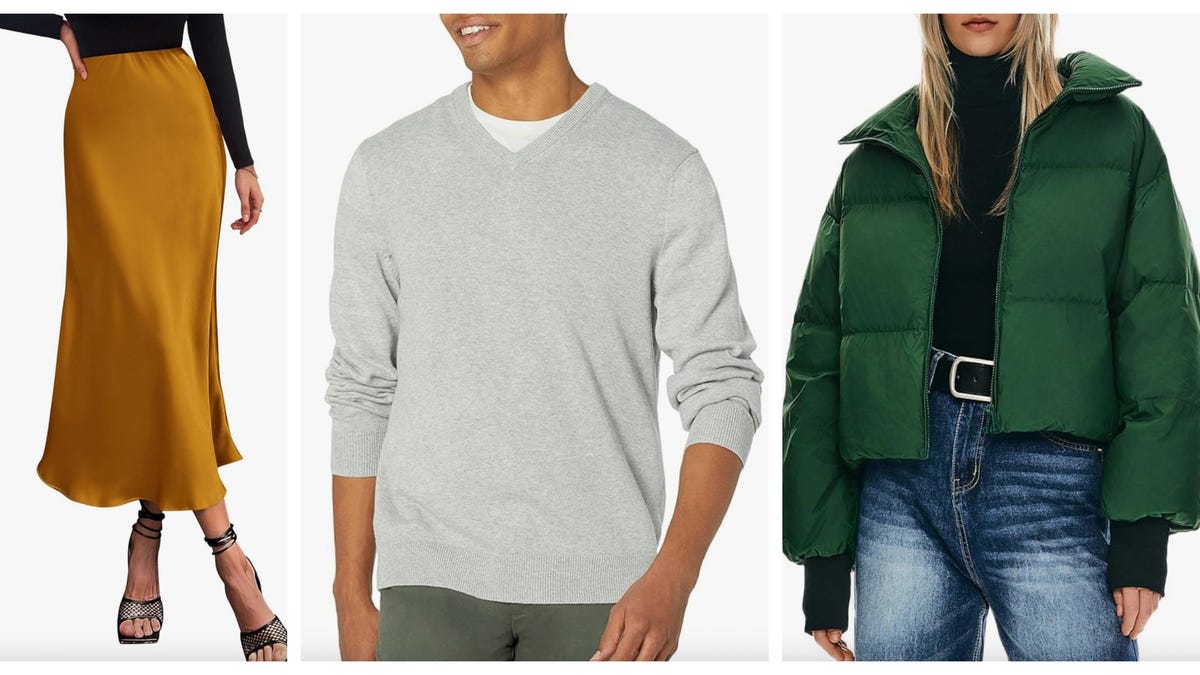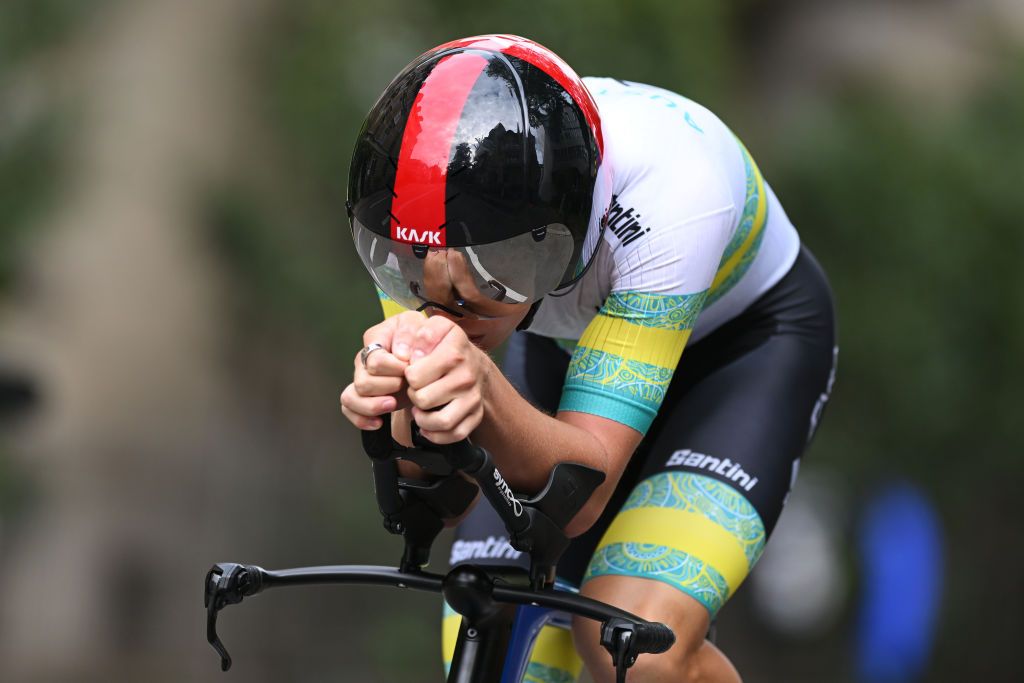Fitness
Jeremy Lin Says Asian Athlete Stereotypes Haven’t Changed. Here’s Why.

This story is part of AAPI in Fitness, a series of articles highlighting the challenges and triumphs of fitness trainers, athletes, and gym owners from the Asian American and Pacific Islander communities. Read the rest of the stories here.
Long before Dodgers star Shohei Ohtani was crushing baseballs left and right, before Zach Edey was leading Purdue to the brink of NCAA hoops glory, and before Jordan Clarkson was the NBA’s sixth-man darling, there was Jeremy Lin and Linsanity. It was 2012 when Lin, then 23, rocketed from G-League obscurity to phenomenon, sparking a banged-up Knicks team to the playoffs and winning showdowns against All-Stars like Kobe Bryant and John Wall.
As the Knick W’s piled up, Lin triggered the beginning of a societal reevaluation of Asian-American masculinity and athleticism. It’s a process that continues today, as a new generation of Asian athletes thrive in pro sports, and as Asian fitness influencers continually showcase strength, power, and muscle. Lin, now 35, hasn’t played in an NBA game since 2019, moving on to the Chinese Basketball Association. But he remains an Asian-American athlete icon.
Here, he reflects on how Linsanity helped shatter Asian-American athlete stereotypes for audiences and athletes alike—and discusses the issues Asian-American athletes still face, too.
TO ME, DURING Linsanity, it was a very narrow-sighted focus. I was young. I was just trying to make it in the league. I had a lot of financial pressure. I had a lot of loans and family debt, and I had a lot of goals and dreams, and all I wanted to do was make it as a basketball player. I just wanted people to appreciate my basketball skills.
But there was all types of stuff working against that. You had famous comedians coming out making Asian dick jokes. You had well-known athletes from other sports coming out and projecting hate towards people who looked like me. And you had ESPN headlines like “chink in the armor.” There was just so much going on.
Obviously, we’re talking about the negative side of things, right? But then, there’s also the positive side of things, of the Asian community and even far beyond the Asian community, of people with whom an underdog story could really resonate. But there was a huge contingency of people who felt like they wanted to hate on the story, because they felt like it was getting too much attention. I think that started to open up my eyes to just how unprepared the world was for a story like mine.
Initially, I kind of ran from the ethnicity piece, because I felt that it was being blown so far out of proportion. It was like, Hey, you guys are talking about that too much and missing out on my mastery of my craft, and that’s what I wanted to be known for. But as I went through more and more life, I started to realize that this thing that I was maybe running from? I need to really embrace it.
I was a six-foot-three, California-born-and-raised point guard with tremendous skills as a guard, right? And because there was no one else to compare me to growing up, everyone called me Yao Ming [editor’s note: Yao played for the Houston Rockets from 1997-2011], who is a seven-foot-six center with low-post, on-the-block skills. We couldn’t be farther apart.
But I get it too. Everyone felt an Asian player was a seven-foot-plus super-tall dude from China. And for me to change the mold, and to show a dynamic, electric, speed-based small player, to be able to do that definitely changed the stereotype and reached beyond basketball. There’s something that it represents, something different amongst Asian masculinity and amongst Asians in general.
It’s going to take a lot more than just me to really change things and get more Asians into sports. Culturally, as Asians, we’re starting to see that sports—and extracurriculars outside of music—need to be emphasized and prioritized more. Even the last few years playing in Asia, I see that, like the building [of sports] into curriculum now for kids growing up. It’s elevating sport culture for us.
But there’s still a lot of stereotypes, there’s a lot of tags for an Asian player. He has to fight an uphill battle, a bigtime uphill battle, and the more that playing field becomes even and he doesn’t have to run or she doesn’t have to continue to run uphill so much, the more that we will also start to see more Asian players showing up and competing and representing at the highest levels.
I do think that my story was one small step in the right direction. But it’s gonna take a lot more than just me to change perceptions of Asian fitness and Asian masculinity. Right now, we’re starting to see how Hollywood is slowly starting to change the culture.
It was very important for Simu Liu to be a Marvel superhero [editor’s note: Liu played the titular character in Marvel’s 2021 film Shang-Chi]. It’s such a different demographic, a wider demographic than sports can hit, right? We have Asian kids who are looking at somebody and being like, “Oh, that’s a superhero that I can relate to.” Ohtani is a far better baseball player than I ever was a basketball player. For him to be the face of Major League Baseball? Skill-wise, for sure he is. But there are still some barriers, even having analysts come out and be like, “He can’t be the face of the league.” These are important conversations, but they definitely move the needle forward.
I feel like I’ve done something to help Asian players. A byproduct of that is the questions: “Who’s going to be the next Jeremy Lin”? I don’t like casting somebody’s journey into the shadow of mine. But at the same time, the fact that people are like “Who’s the next Jeremy Lin?” That does show that, to some degree, my story has made a difference.
Want to learn more about AAPI fitness pros overcoming obstacles, breaking barriers, and finding success? Click the link below to read all the stories.











